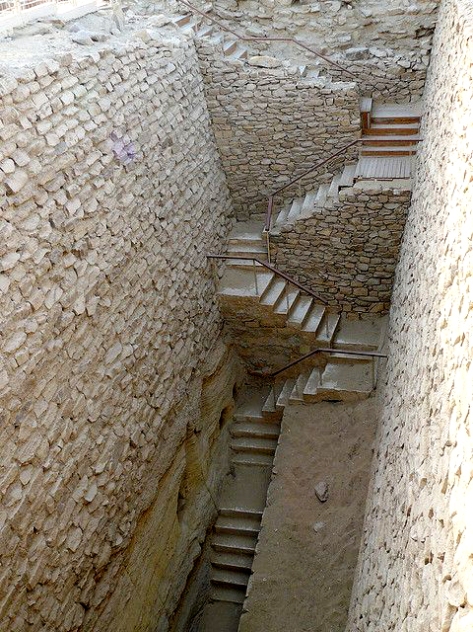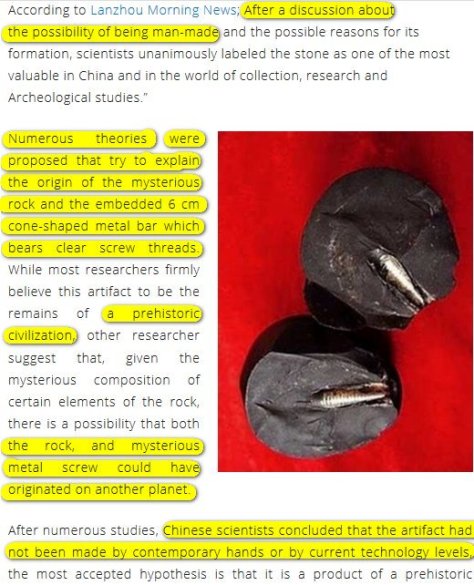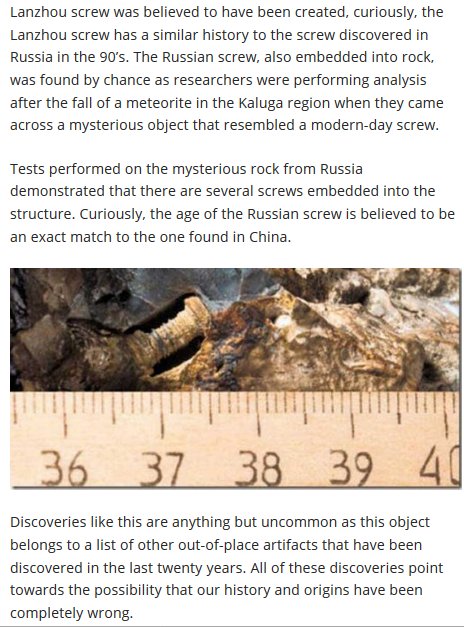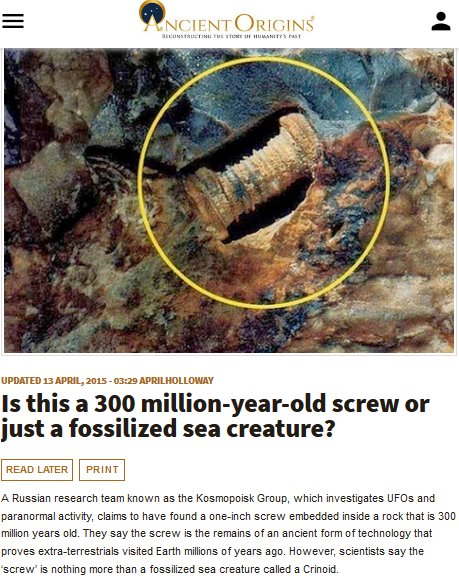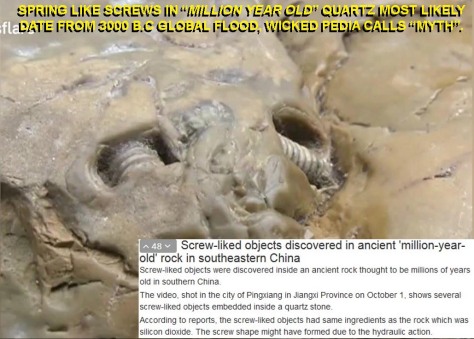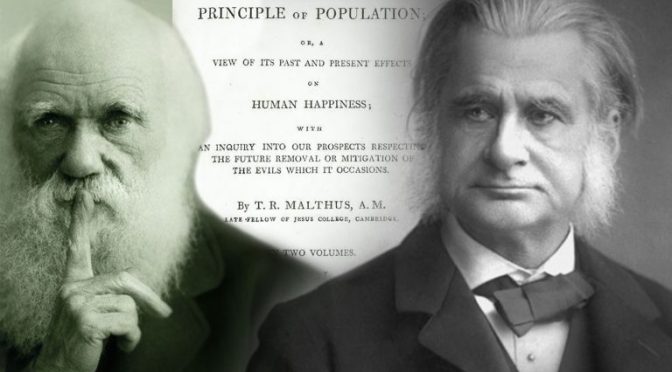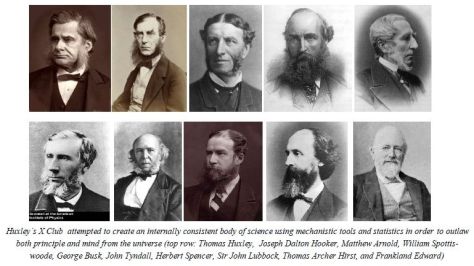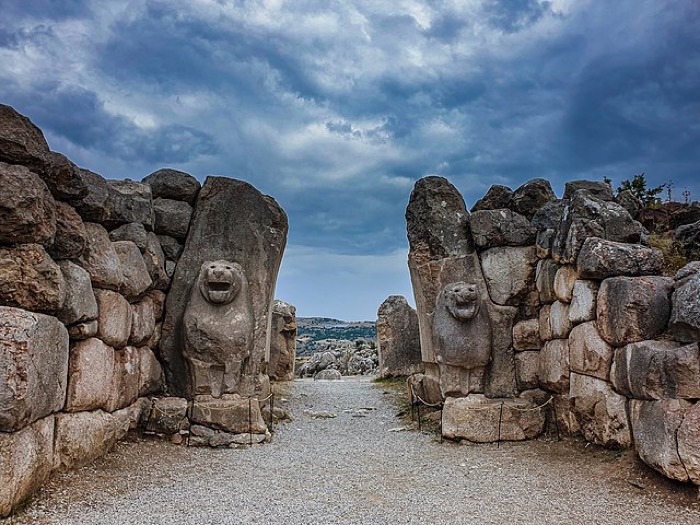
Summary: The vast Hittite Empire mentioned in the Bible mysteriously collapsed more than 3,000 years ago and a recent study suggests it may have been due to climate change.
Then Abraham rose from beside his dead wife and spoke to the Hittites. He said, “I am a foreigner and stranger among you. Sell me some property for a burial site here so I can bury my dead.” The Hittites replied to Abraham, “Sir, listen to us. You are a mighty prince among us. Bury your dead in the choicest of our tombs.” – Genesis 23:3-6a (NIV)
Mysterious Hittite Move from Hattusa
Centuries ago, the ancient Hittite Empire dominated most of Anatolia for nearly 500 years until its mysterious collapse. A recent study published in Nature on February 8th, suggests their fall may have been due to climate change. Could severe drought be the cause of this powerful biblical kingdom’s decline? It is one theory, among other competing ideas, that deserves a look.
The Hittites are prominently featured in the Hebrew Bible and ruled over the area that is now present-day Turkey and Syria from around 1650 to 1200 BC, according to standard chronology. In the Hittite accounts, the last ruler recorded is King Suppiluliuma who came to power in 1207 BC. After that, they seem to have disappeared.
The recent study found that the growth of trees in central Anatolia had reduced significantly during the 12th century BC from a decrease in rainfall. Three consecutive years of extreme drought from around 1198 to 1196 BC may have led the Hittites to abandon their capital city of Hattusa.

Hattusa, located in Turkey’s Çorum province, was an important city and the primary place of the Hittite gods. “It was both a spiritual and political center,” said Sturt Manning, an archaeologist at Cornell University in Ithaca, New York, and a co-author of the paper on the study.
For unknown reasons, suddenly around 1200 BC, Hattusa was abandoned by the royal administration and only later burned down by enemies, perhaps the Sea Peoples mentioned in Egyptian history or local Anatolian raiders.
“One year of real drought across a large area wrecks lives even in the modern world,” explained Manning, but three years of drought in the ancient world would mean “no food, no taxes, and no ability to feed the army” thus undermining any civilization.

Narrow Tree Ring Analysis
The researchers based their conclusions on dendrochronological (tree ring) analysis of juniper trees that grew between 1775 and 748 BC at the archeological site of Gordion, 143 miles west of Hattusa. The team was able to examine timbers from a wooden structure that had been previously discovered in a 1950s excavation of a king’s tomb. Eighteen different trees from the ancient structure were used in the study.
Narrow high-resolution tree rings from 23 samples were examined. With no evidence of fire or insect infestation, the reduced growth rate indicated by narrower rings suggests a sudden onset of climate fluctuations, including decreased rainfall.
Modern meteorological records for the region from 1929 – 2009 were also studied. Researchers discovered that roughly 1 out of every 15 years, annual rainfall was less than 9.8 inches. For crops such as wheat and barley to grow in the area a minimum of 11.8 inches of rain is needed.

Famines in Ancient Anatolia
“We’re not saying the climate solely caused the collapse of the Hittites,” Manning said, because the Hittites could have survived a drought by switching to a different crop. “Humans are incredibly good, if they want to be, at being resilient,” he explained.
The Hittites did plan ahead for drought years by building reservoirs near their cities. “It shows an awareness of the fact that there are going to be dry periods,” Alan Greaves, an archaeologist at the University of Liverpool, UK told Nature.
“Even with a good system and good adaptation to drought, this was simply too much to cope with.” said Dominik Fleitmann, a palaeoclimatologist at the University of Basel in Switzerland.
Documents recording other famines during the Hittite empire have been found, but it seems the Hittites weren’t equipped to withstand three consecutive dry years. This long drought not only led to a famine, but also to a political crisis. “They just weren’t politically or economically prepared for that particular drought,” said Greaves.
The Hittites eventually left, relocating from Hattusa to a new capital called Tarhuntassa, the ruins of which have not yet been discovered.
The question of why the Hittites suddenly abandoned Hattusa is still not entirely settled but perhaps with more tree-ring data the answer will become clearer. “What we need is a network of similar records to understand the spatial extent of the drought, and also, maybe, to have a complete picture,” said Fleitmann.

Hittites Throughout the Bible
CONTINUE AT THE SOURCE


 This article also shows that it caused the Hittite kingdom to first lose its capital Hattusa and then shrink in power from 1200-1000 BC when they were still mentioned by King Solomon, to total disappearance from recorded history! Where did they go?
This article also shows that it caused the Hittite kingdom to first lose its capital Hattusa and then shrink in power from 1200-1000 BC when they were still mentioned by King Solomon, to total disappearance from recorded history! Where did they go?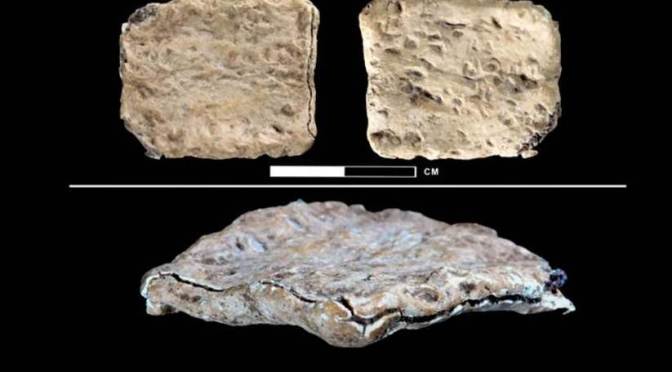

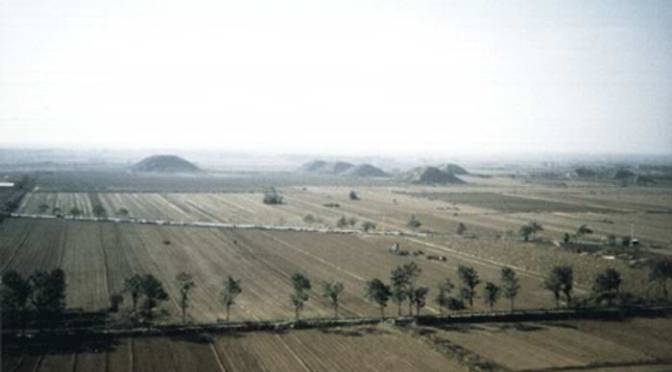
 Records of the Grand Historian 史記 《殷本紀》 Annals of Yin
Records of the Grand Historian 史記 《殷本紀》 Annals of Yin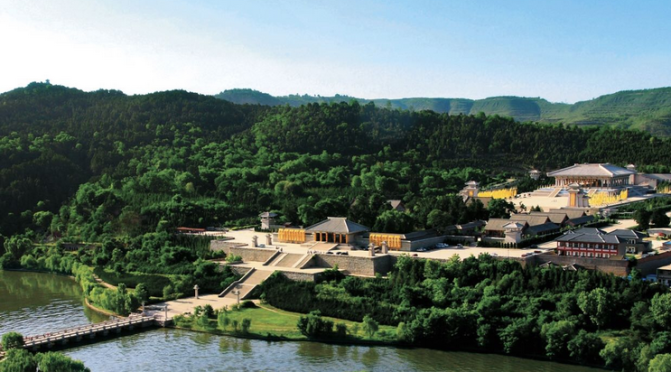
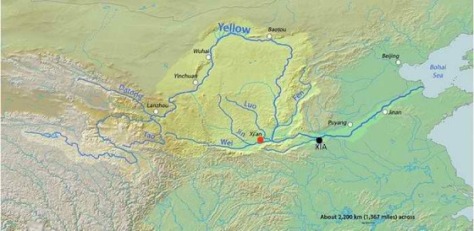

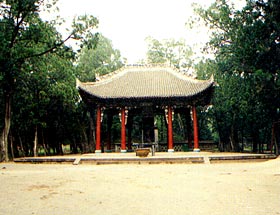 A distant view of the Yellow Emperor Mausoleum
A distant view of the Yellow Emperor Mausoleum Tombstone and grave mound of the Yellow Emperor Mausoleum
Tombstone and grave mound of the Yellow Emperor Mausoleum




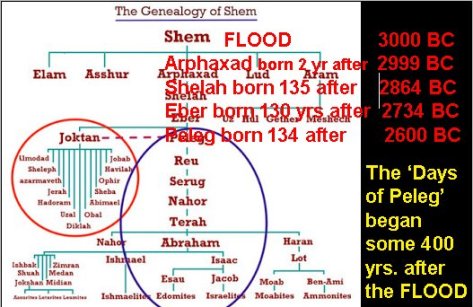

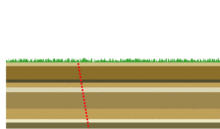 But, as I said, I am a geological layman and probably don’t use all the proper terminology and so on. But to me it makes perfect sense that the ‘muddy’ continents had to dry out somewhat before they would start traveling and forming super high mountains.
But, as I said, I am a geological layman and probably don’t use all the proper terminology and so on. But to me it makes perfect sense that the ‘muddy’ continents had to dry out somewhat before they would start traveling and forming super high mountains.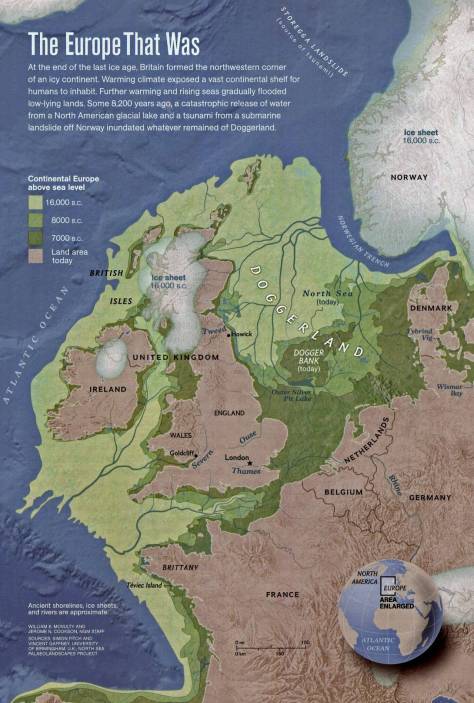
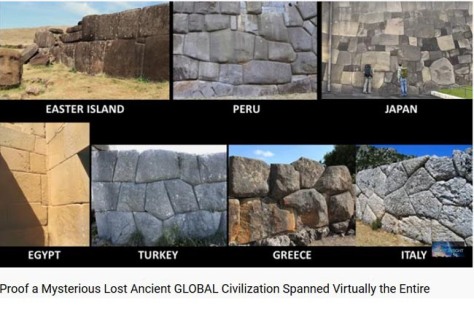
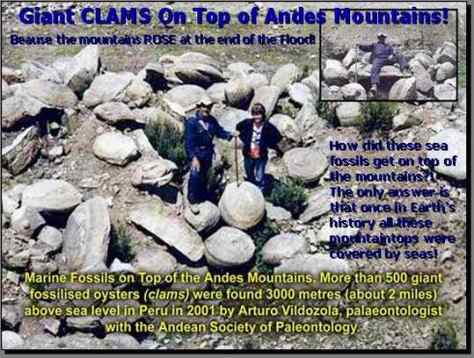
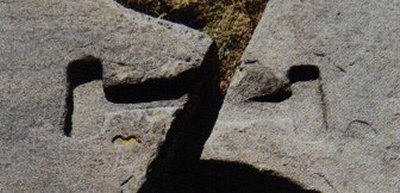
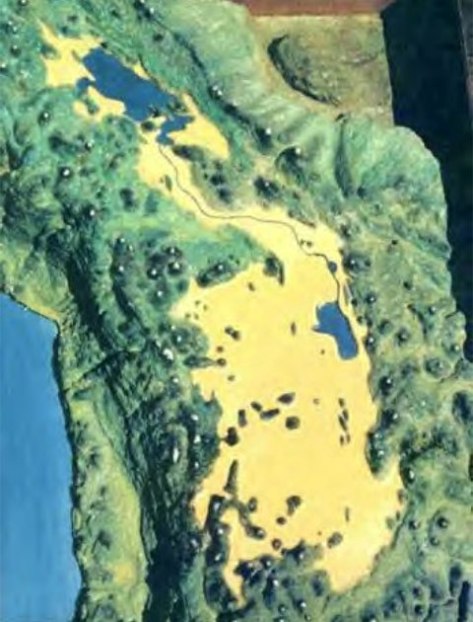
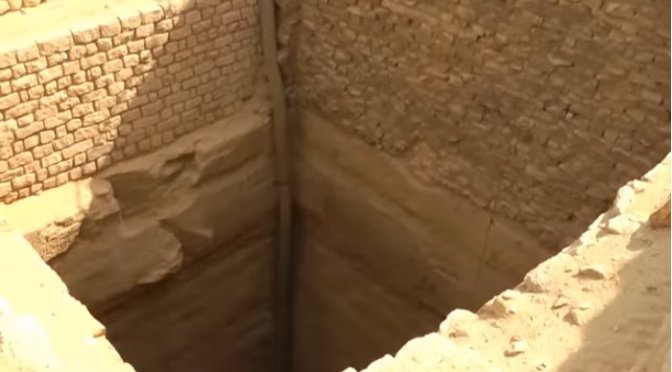
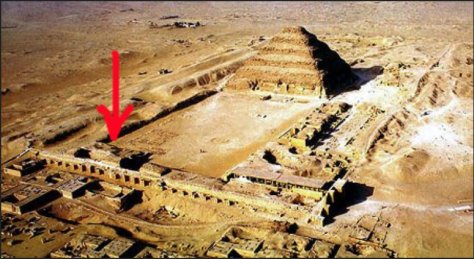 I am not necessarily a close fan of H. Gruver, but he also proves the truthfulness of Ron Wyatt‘s archaeology. The discovery of the deep grain bins near the Saqqara Step Pyramid of Imhotep, who therefore is proven to be identical to the Biblical Joseph, son of Jacob, son of Isaac, son of Abraham, who became second in command under the Pharao (Zoser or Djozer) . It once again proves the historicity of the Book of Genesis in the Tanakh, one of the Five Books written by Moses or also called the Pentateuch!
I am not necessarily a close fan of H. Gruver, but he also proves the truthfulness of Ron Wyatt‘s archaeology. The discovery of the deep grain bins near the Saqqara Step Pyramid of Imhotep, who therefore is proven to be identical to the Biblical Joseph, son of Jacob, son of Isaac, son of Abraham, who became second in command under the Pharao (Zoser or Djozer) . It once again proves the historicity of the Book of Genesis in the Tanakh, one of the Five Books written by Moses or also called the Pentateuch!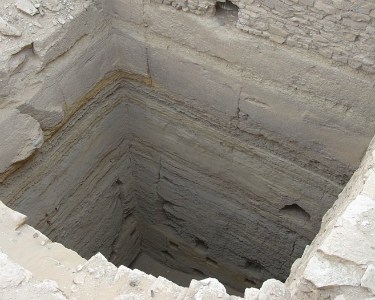
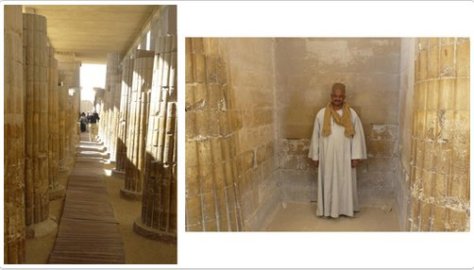 IF we don’t care to consider these proofs of Bible accuracy.. we are without excuse if we continue to believe Darwin & his soul-damning LIE of humans descending from animals or other species, which genetically is impossible. For your notebook or desktop computer to get more faculties/capabilities, it needs more CODE or INFORMATION in the form of software, and often acquire more hardware even to make it capable. Information does not just ‘fall from the sky’ in some undefined, empirically never proven, unknown non directed process that these 19th century Darwinian spinsters &
IF we don’t care to consider these proofs of Bible accuracy.. we are without excuse if we continue to believe Darwin & his soul-damning LIE of humans descending from animals or other species, which genetically is impossible. For your notebook or desktop computer to get more faculties/capabilities, it needs more CODE or INFORMATION in the form of software, and often acquire more hardware even to make it capable. Information does not just ‘fall from the sky’ in some undefined, empirically never proven, unknown non directed process that these 19th century Darwinian spinsters & 